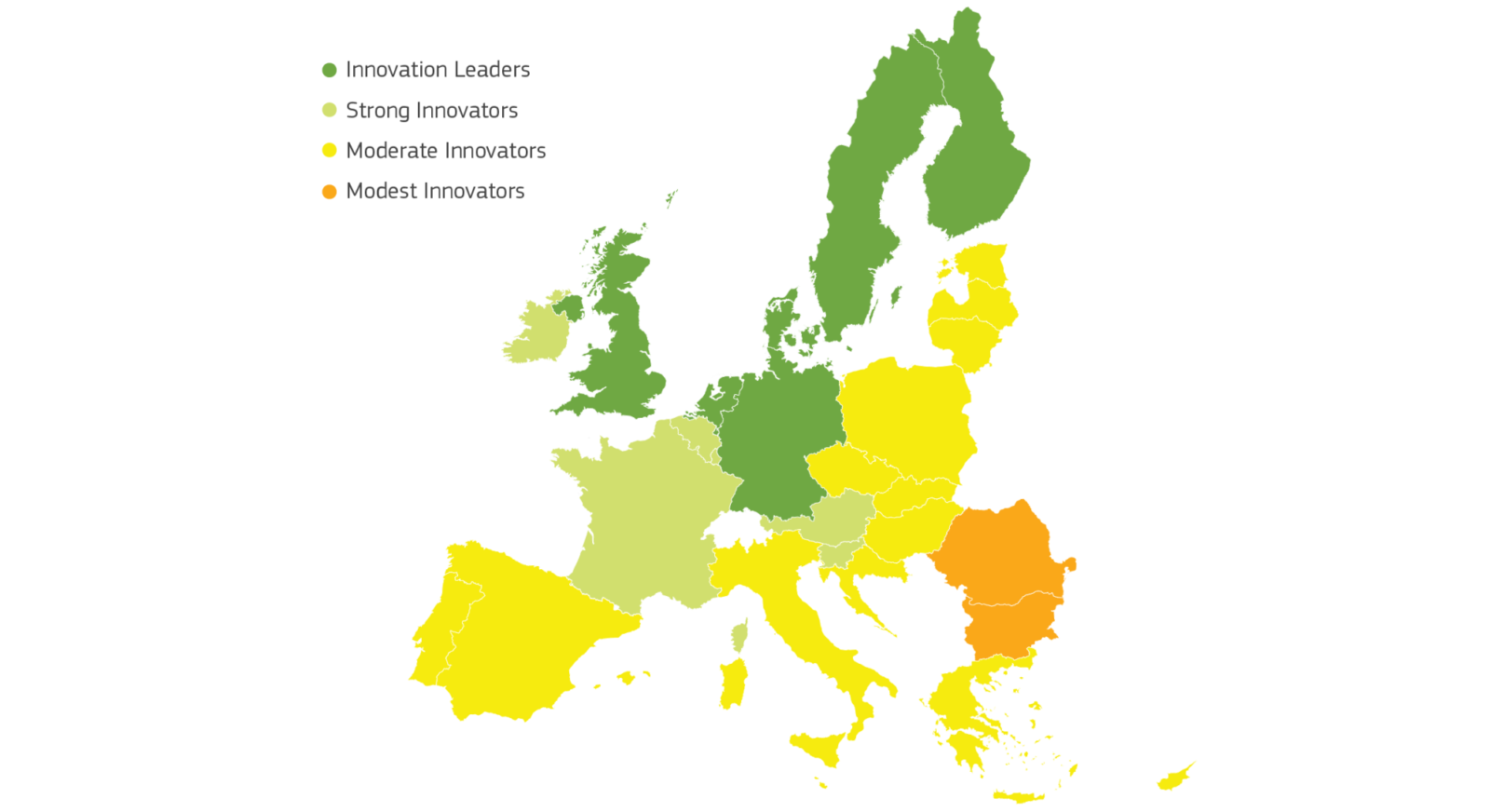
European Innovation Scoreboard
Montenegro has, for the first time, been included in the European Innovation Scoreboard (EIS) this year. The European Innovation Scoreboard provides a comparative analysis of innovation performance in European Union countries and other European nations. It assesses the relative strengths and weaknesses of national innovation systems and helps countries identify areas for further development.
This is a very significant step in improving our statistical system and monitoring the implementation of Montenegro’s Smart Specialization Strategy 2019-2024. Data for the scoreboard is collected through the national statistical system, as well as through international bibliometric research and intellectual property studies. The dominant statistical surveys providing data for this table are the Research and Development Survey (producer: Ministry of Science), the Survey on Innovative Activities of Enterprises – EIS (producer: Monstat), along with data from other statistics (higher education, exports, labor force, etc.).
Among the four categories of innovators recognized by the table: Innovation Leaders, Strong Innovators, Moderate Innovators, and Modest Innovators, EIS defines Montenegro as a modest innovator. Montenegro’s performance has gradually increased in relation to the EU since 2012. A significant rise between 2018 and 2019 is mainly due to improvements in broadband networks, highly cited publications, and private co-financing of research and development in the public sector (including higher education). Innovators, an innovation-friendly environment, and the impact on employment (i.e., employment in knowledge-based services) are the strongest dimensions of innovation. Our country is well positioned in terms of small and medium-sized enterprises (SMEs) with product or process innovations, foreign doctoral students, companies offering ICT training, and innovative SMEs that collaborate with others. Montenegro shows the largest positive difference compared to the EU in net inflow of foreign direct investments, average annual GDP growth, and the share of employment in services. The largest negative difference is found in companies involved in research and development, employment in the manufacturing industry, and GDP per capita.
The European Innovation Scoreboard 2020 was published on June 23, 2020. This year’s edition of the innovation scoreboard highlights that the EU’s innovation performance continues to grow, with increasing convergence between EU countries. The EU’s innovation performance has increased by 8.9% on average since 2012.
Sweden remains the leader in innovation in the EU, followed by Finland, Denmark, and the Netherlands. This year, Luxembourg (previously a strong innovator) joins the leaders in innovation, while Portugal (previously a moderate innovator) joins the group of strong innovators. The UK no longer represents part of the EU on this year’s scoreboard. The UK’s exit from the EU had a minor impact on the average EU innovation performance, while the relative performance of EU countries compared to global innovation performance remained unchanged.
Globally, the EU has surpassed the United States for the second time. The EU continues to lead compared to the United States, China, Brazil, Russia, South Africa, and India. Since 2012, the performance gap between the EU and South Korea, Australia, and Japan has been widening, while the EU’s lead over the United States, China, Brazil, Russia, and South Africa is shrinking.
The EIS interactive tool for evaluating innovations, which allows for customized comparison of results, country profile comparisons, and testing correlation of results, can be found at the following link:https://interactivetool.eu/EIS/index.html
You can view Montenegro’s profile on the EIS at this link.
Sourse: Ministarstvo nauke Crne Gore


